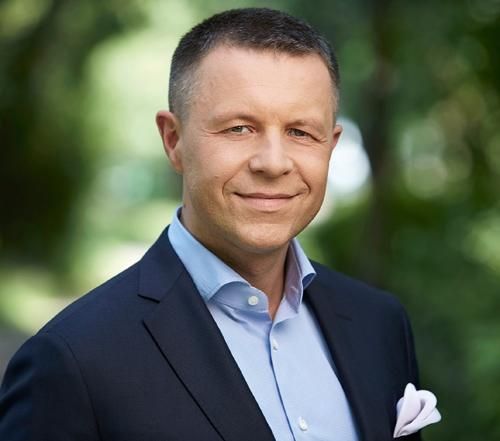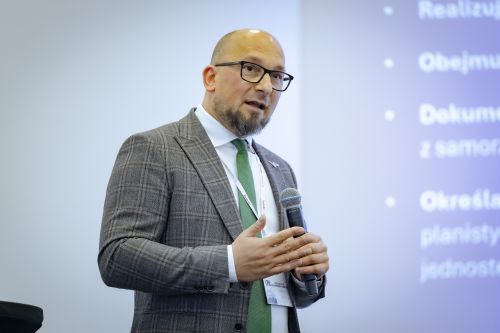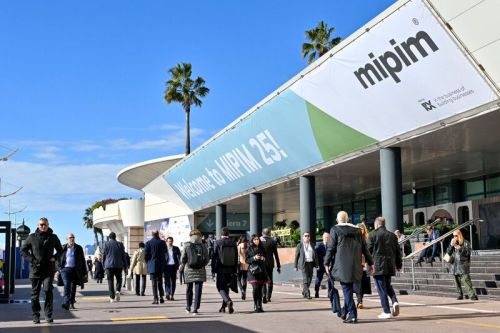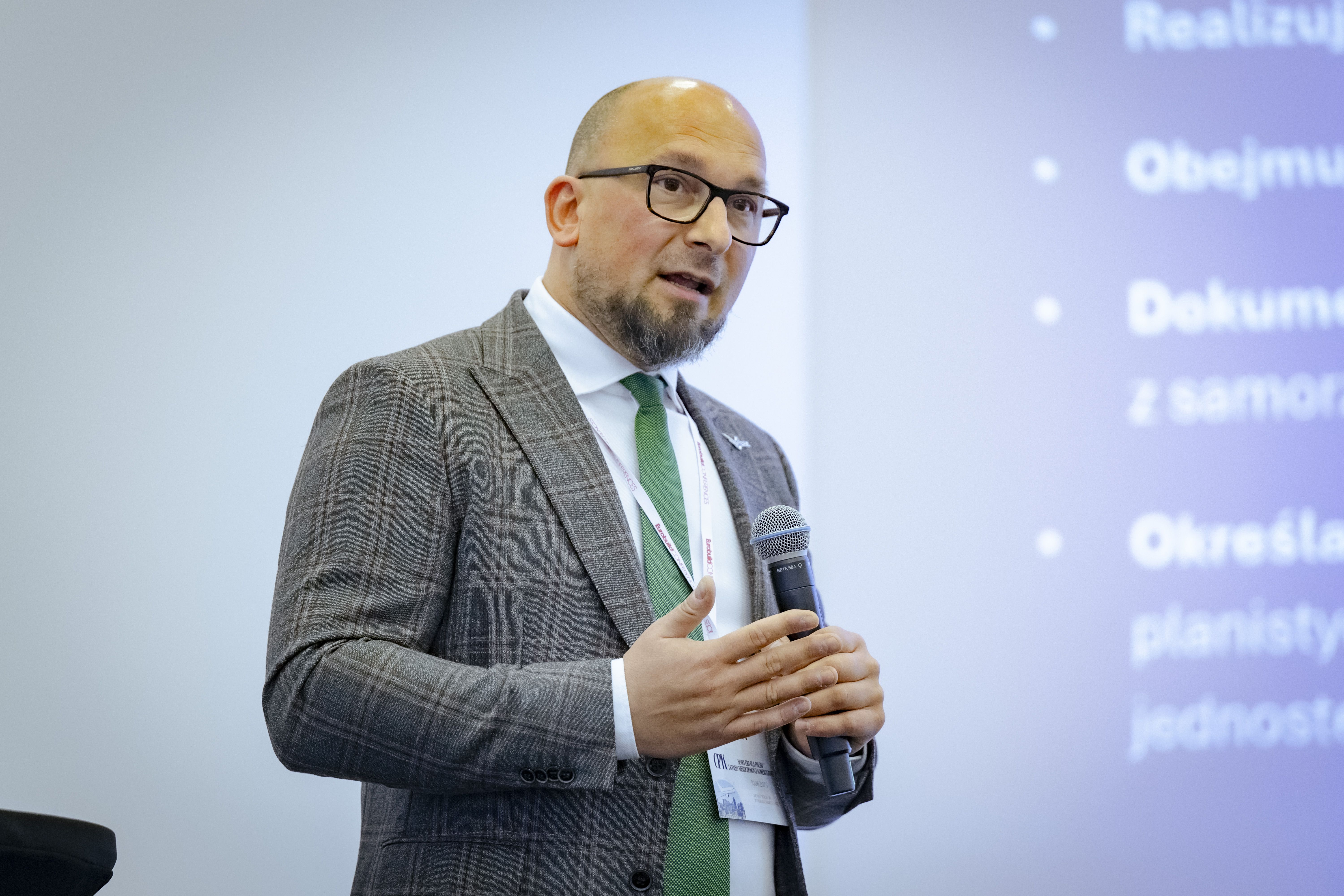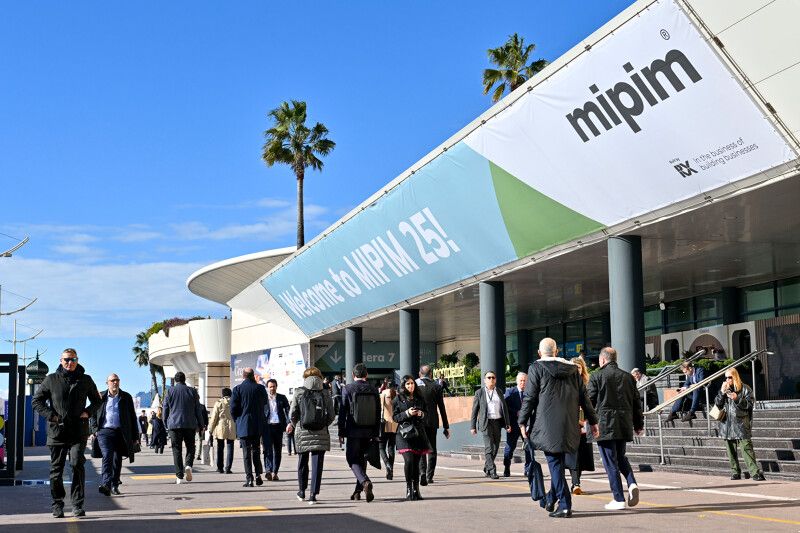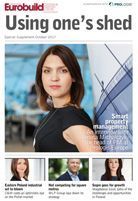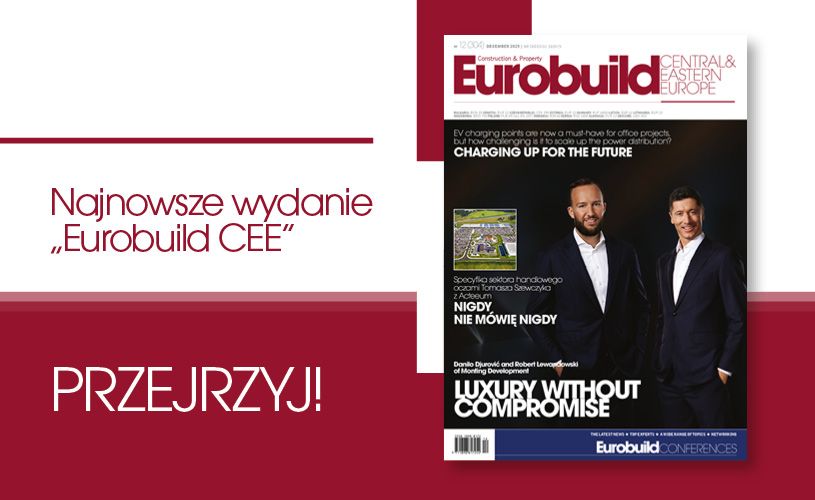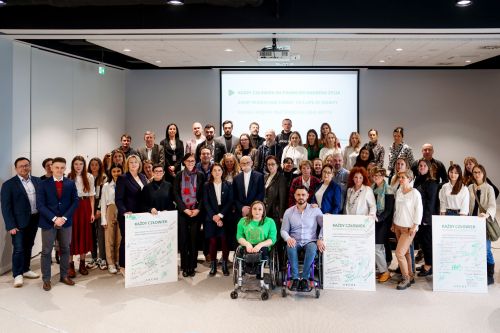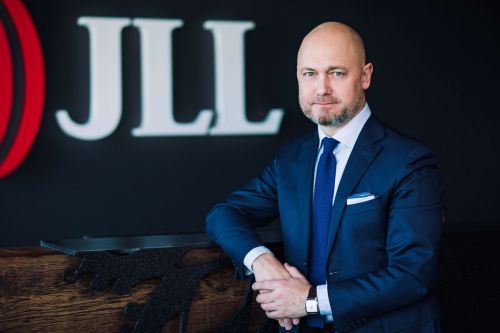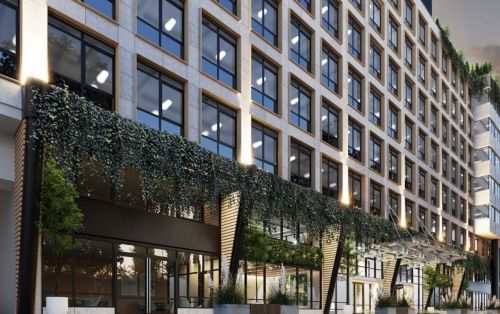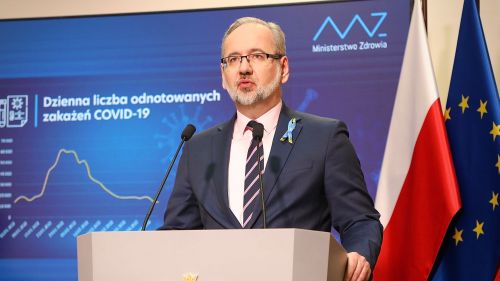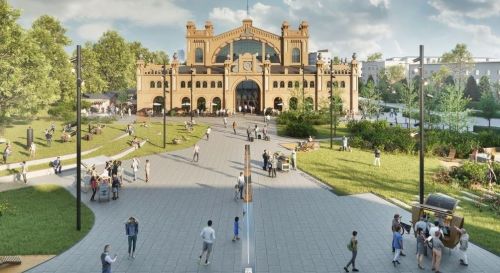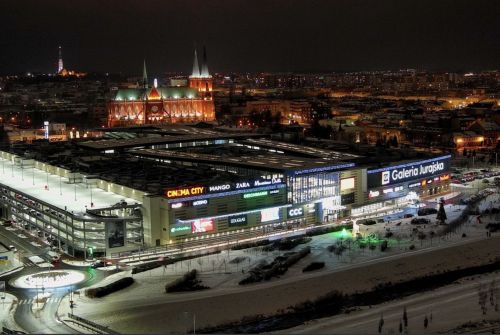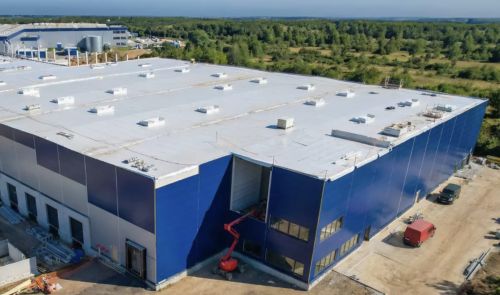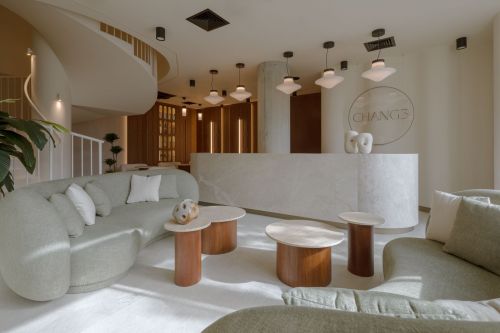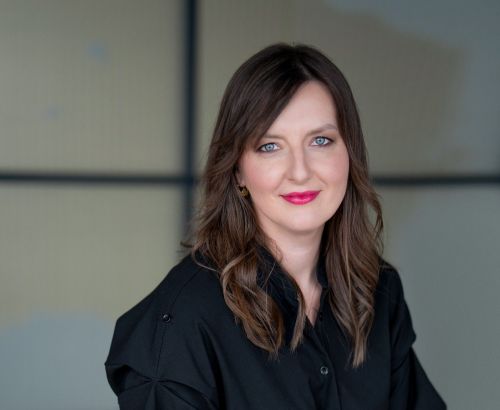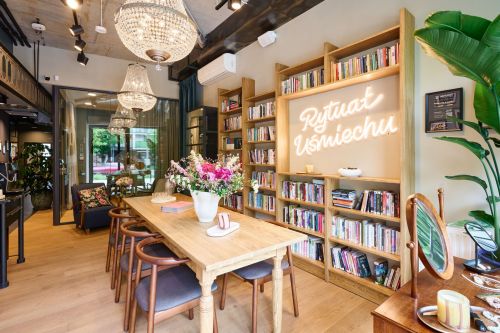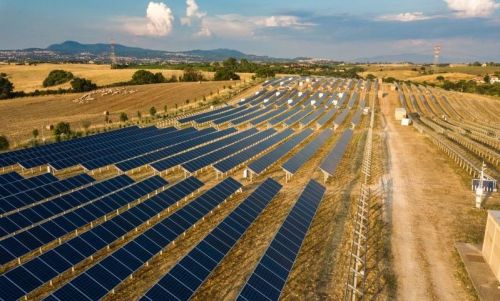Rafał Ostrowski, ‘Eurobuild Central & Eastern Europe’: In H1 MLP Group leased out almost 100,000 sqm. This is nearly as much as for the whole of last year. Are you satisfied with this figure?
Radosław T. Krochta, CEO and president of the management board, MLP Group: It is a satisfying result that puts us among the top industrial developers in Poland. Importantly, however, we are not competing for square metres. It is the quality of the tenants, lease contracts and their profitability that are important for us. We have signed all our contracts with very good tenants on good financial terms, with healthy rates of return. The average period of the contracts signed last year amounted to about ten years. Our shareholders also don’t look at the square metres, but at our net profits. And our profits of around PLN 60–70 mln per year certainly make us one of most profitable developers in Poland, if not the number one.
What do you owe this success to?
We
